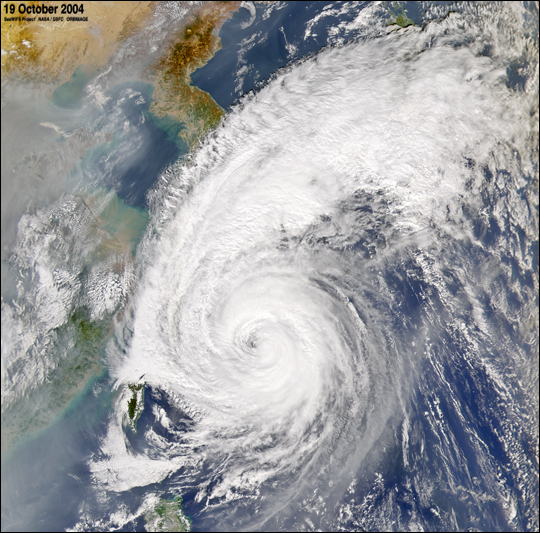Back in March 2015, we had the chance to meet in Beijing several environmental specialists from the US State Department as well as the China Mission (the famous entity running the PM2.5 monitors in the Beijing US embassy).
Among all the topics that were addressed, there is one worth writing about, namely the "nowcast" system. This system used by the US EPA to convert the raw pollutants readings, expressed in µg/m3 or ppb, into the AQI (scale from 0 to 500). It is used for all the AQI values reported on the airnow.gov website.
The concept behind the nowcast is to compensate the "24 hours averaging", which should be used when converting concentrations to AQI. The reason for this averaging is that the AQI scale specifies that each of the Levels of Health Concern (i.e. Good, Moderate,... Unhealthy...) is valid under a 24 hours exposure[1]. For example, when seeing a 188 AQI (Unhealthy), one need to read it as "if I stay out for 24 hours, and the AQI is 188 during those 24 hours, then the health effect is Unhealthy". This is quite different from saying that "if the AQI reported now is 188, then the health effect is Unhealthy".
The problem is that the 24 hours averaging is a very bad idea, and should abolished[3] for at least those two reasons:
- First, the dynamic of Air Pollution is such that wind than completely clean the air in less than 30 minutes! This phenomenon is frequently seen in Beijing with the strong north winds able to bring the PM2.5 AQI from more than 300 to less than 50 in less than one hour[2]. When this happens, no one wants to wait for 24 hours before knowing that the Air Quality is good (and go out for a walk to enjoy the fresh air!)
- The second reason is when the Air Quality suddenly gets worse. One famous case is the Indonesian wildfire causing the Singapore Smog when the winds are heading to the north, under which circumstances the AQI can go from below 50 to more than 150 is just one hour. As a matter of fact, we have had many requests from asthmatic/sensitive people when Singapore was still only providing 24 hours average readings.
This is for those reasons that the US EPA introduced the nowcast system: It is an alternative conversion formula used to counter balance the need for averaging under changing Air Quality conditions. From Wikipedia, it is described as:
The NowCast is computed from the most recent 12 hours of PM monitoring data, but the NowCast weights the most recent hours of data more heavily than an ordinary 12-hour average when pollutant levels are changing. The NowCast is used in lieu of a 24-hour average PM concentration in the calculation of the AQI until an entire calendar day of hourly concentrations has been monitored."
The formula used to calculate the NowCast AQI might seem barbarian for non-scientist.
 and Wmin = 1/2 and N = 12
and Wmin = 1/2 and N = 12 But actually, it is quite simple when looking at this applied example for Beijing Air Quality.
NowCast AQI:
The result from the nowcast calculated AQI is still very pronounced in terms of averaging, at least much more than what one living in the Asian dust would expect. One of the reasons is that the weight factor, which used to determine the level of change, has a threshold set to a minimum of 0.5, while in actual fact, its value is much lower than 0.5 is many cases. The following graph shows this threshold weight factor, where red is used to denote those weigths below 0.5
The nowcast formula, as it is defined nowdays, is the fruit of the research based on Air Quality levels in America. While for USA it gives an accurate reporting of the current conditions, it might not be the case of Asia where the dynamic of Air Quality is much more strong. For this reason, we do believe that the nowcast formula should be adapted for each continents.
For Asia, it could be defined as Wmin = 1/10 and N = 3 , corresponding to the following graph:If you want, you can also directly change the two parameters yourself: Wmin = and N =
For now, the conversion formula used on the World Air Quality Index project as well as the China Mission AQI (aka the Beijing US embassy, Shanghai US consulate, etc..) is still based on the "Instant AQI", a.k.a "InstantCast" (i.e. no averaging at all). But, based on the outcome of this "Asian Nowcast" proposal, this might be updated quite soon.
...

